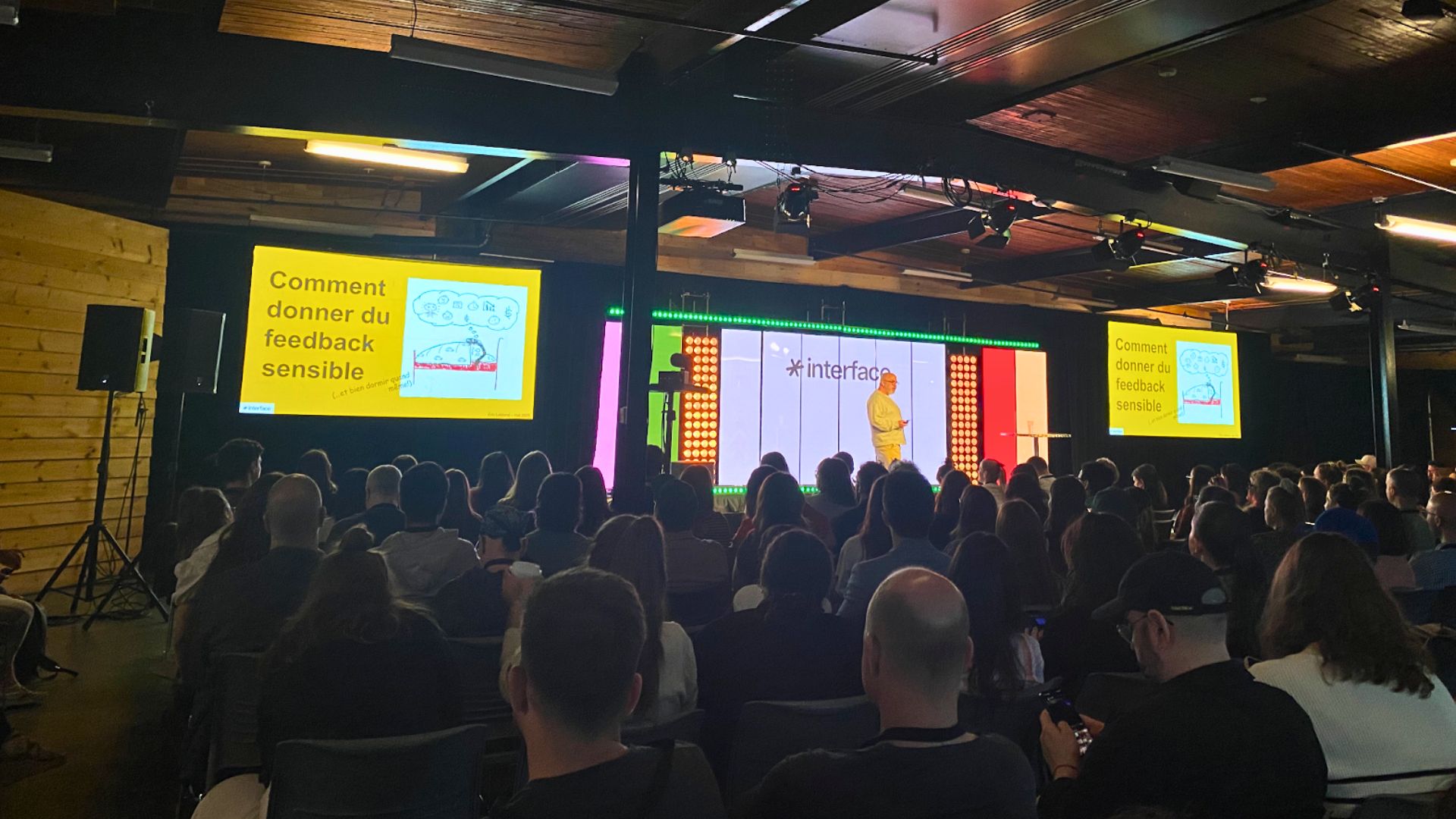M. Guy Bergeron, l’un des pionniers de L’École branchée, maintenant retraité, correspond régulièrement par courriel avec son petit-neveu Anthony, atteint d’autisme léger. Il lui raconte des histoires et l’invite à toutes sortes de découvertes en faisant des liens avec le monde qui l’entoure.
Vous aurez le plaisir de le lire régulièrement dans cette chronique, et vous aurez peut-être même le goût de vous inspirer de ses textes avec vos propres élèves (qu’ils soient autistes ou non!). Anthony est en première année (6-7 ans).
Allô Anthony!
Tu m’as déjà demandé où les poules pondaient leurs oeufs.
Tu devais te dire que si les poules dorment sur un perchoir, alors, à quels endroits pondent-elles leurs oeufs?
C’était une bonne question à se poser.
Les poules de mon ami Miguel pondent des oeufs pour la consommation (pour être mangés) ou pour avoir de petits poussins.
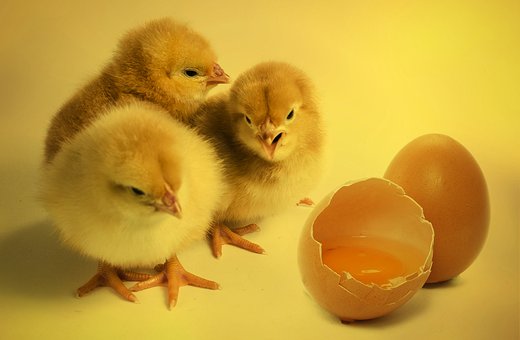
Les poules ont un endroit pour pondre les oeufs qu’on mange.
Tu vois, ici, Miguel a fait un support avec des endroits pour que chaque poule ponde ses oeufs.
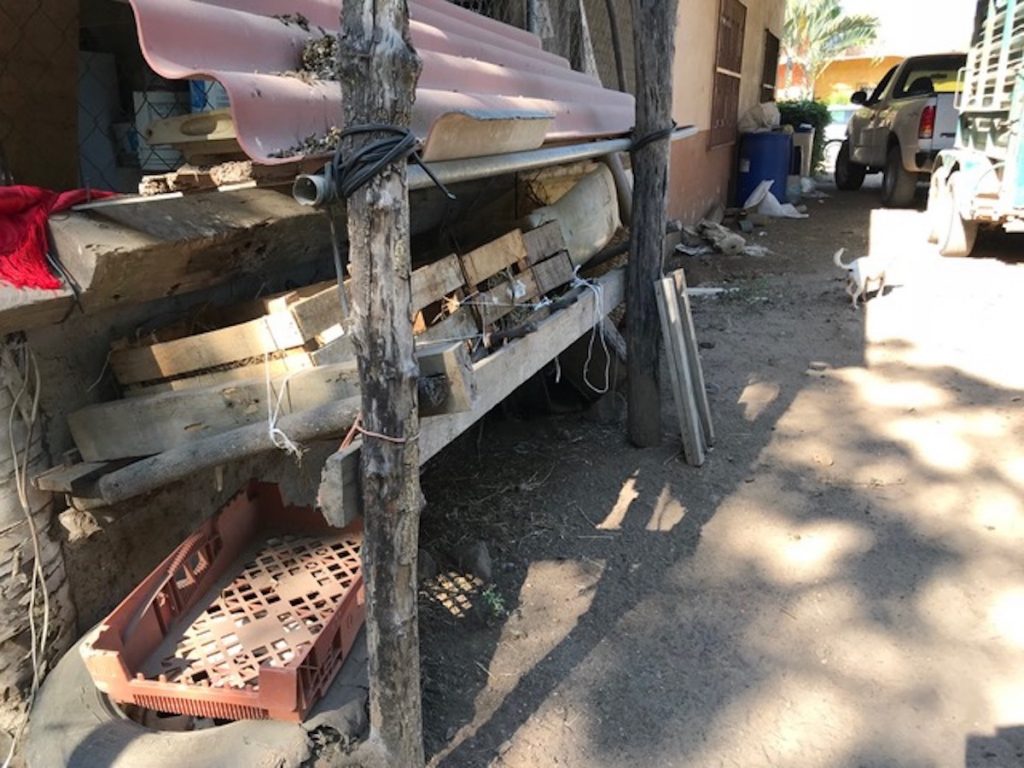
Voici une autre photo de cet endroit. Il y a plusieurs cages.
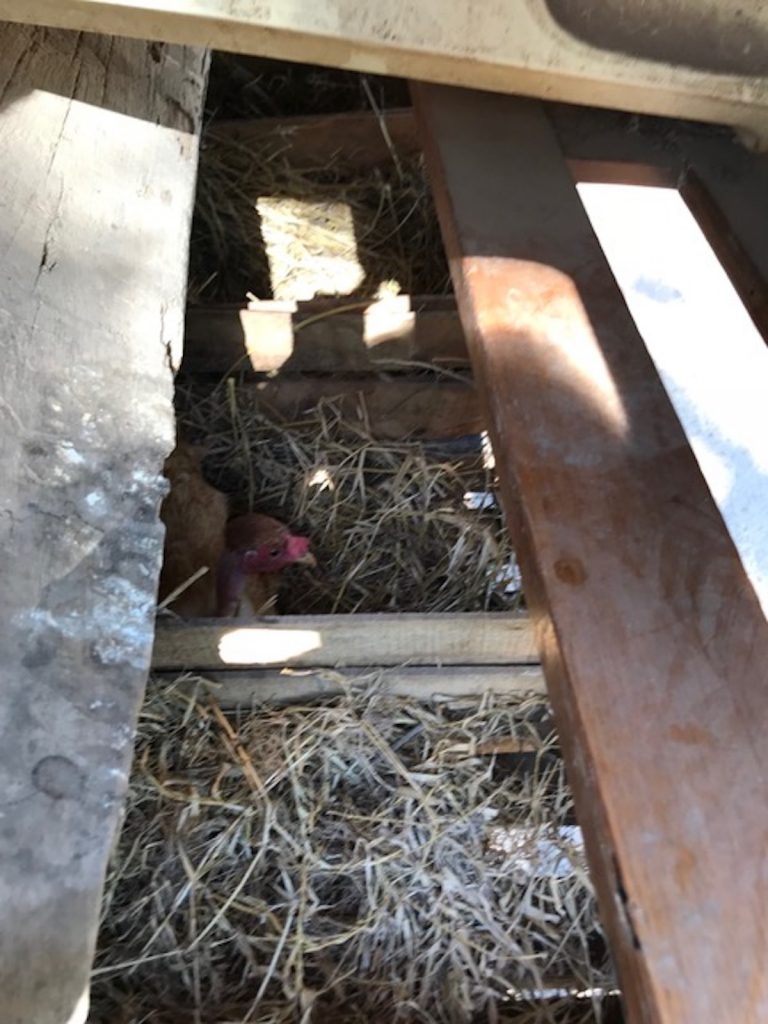
Tu vois la poule actuellement en action dans l’une des cases.
La voici de plus près…
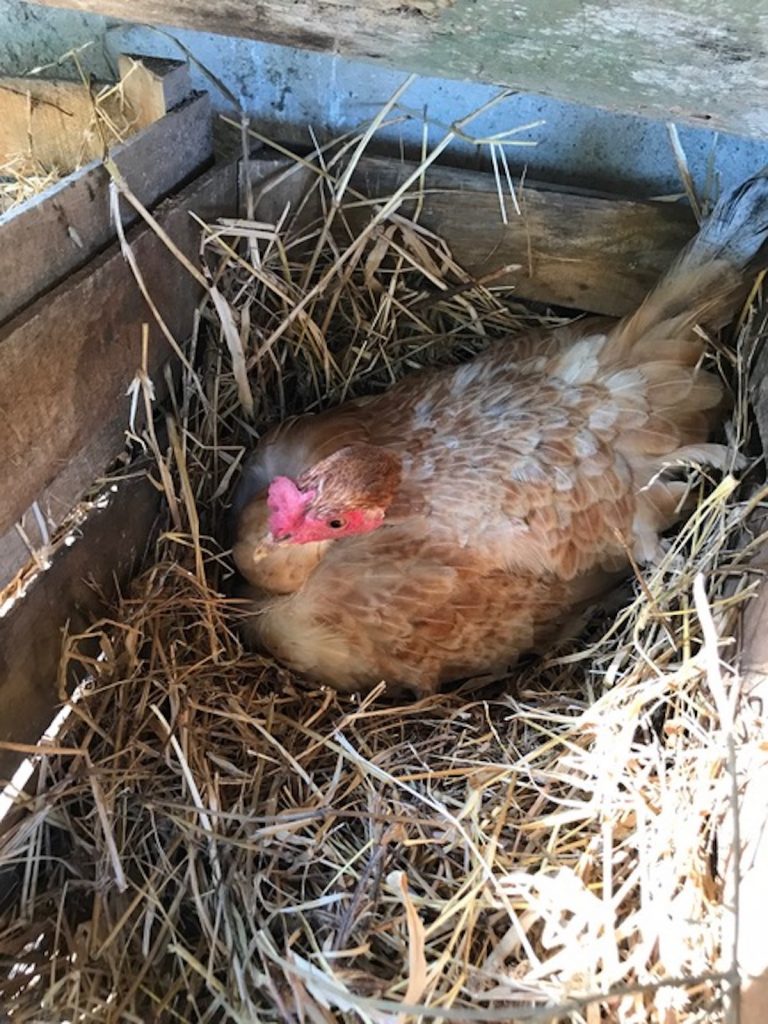
Miguel y a déposé un peu de paille afin qu’elle puisse placer ses oeufs.
Voici le résultat…
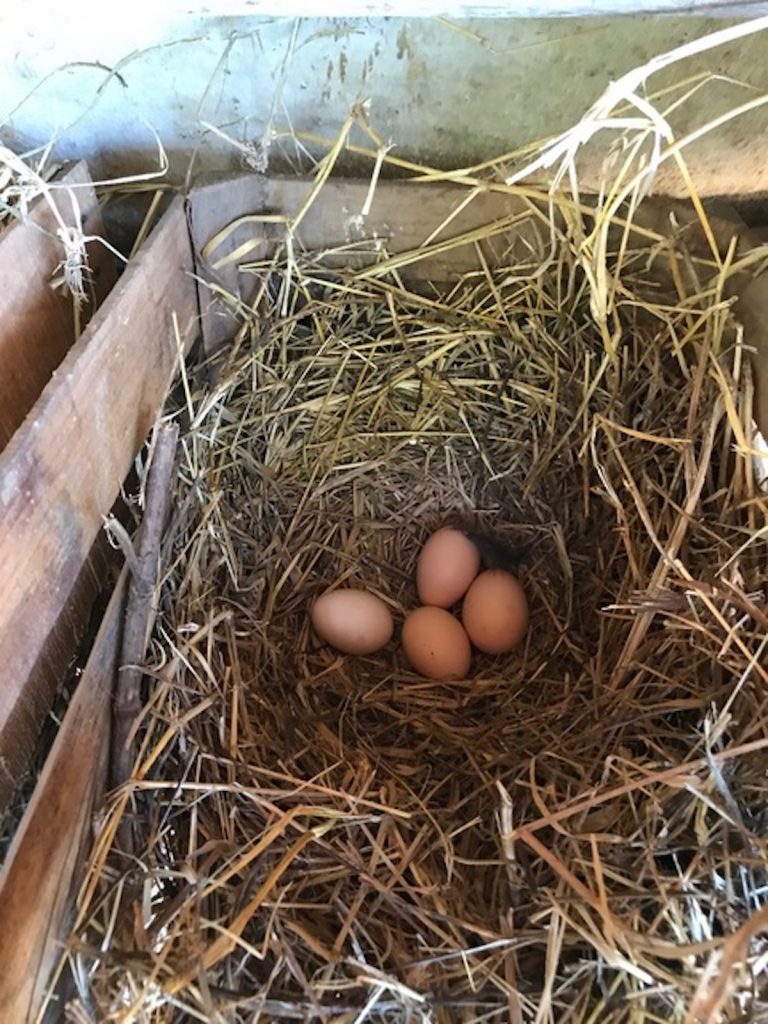
Il y a 4 oeufs prêts à être récoltés et mangés!
Maintenant, que font les poules qui veulent conserver et couver leurs oeufs afin d’avoir des petits poussins?
Ces poules sont rusées. Elles vont se cacher soit dans de grandes herbes loin de la maison ou dans le garage du voisin.
Voici une poule en train de couver ses oeufs. Je ne voulais pas la déranger pour prendre la photo. Elle est bien cachée dans le garage, juste derrière une boîte, pour se protéger des intrus.
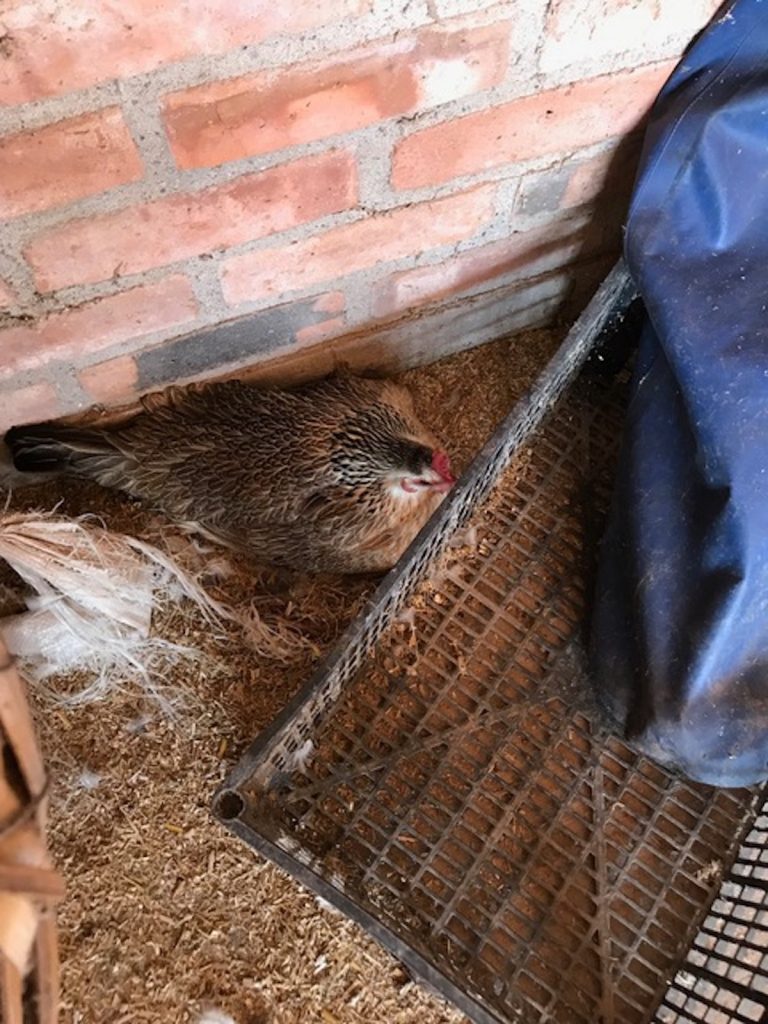
Habituellement, elle couve 6 à 8 oeufs afin d’avoir 6 ou 8 poussins.
On sait très bien que cette poule couve des oeufs, car elle ne bouge pas afin de donner l’impression qu’elle n’est pas là.
Habituellement, les poules couvent leurs oeufs pendant 21 jours. Je ne sais pas depuis combien de temps celle-ci est à cet endroit…
On va surveiller. Bientôt, elle va sortir du garage avec ses petits poussins. Elle va s’en occuper pendant plusieurs semaines afin de les protéger et leur montrer où aller manger.
À ce moment, je vais prendre une photo de cette poule avec ses tout petits et te la faire parvenir.
Bonne journée!






